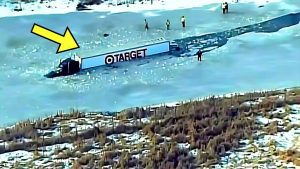The American lawn has emerged as the most pressing issue in communities across the nation. While some spend money to maintain lush green spaces, others choose to forgo mowing and chemical treatments.
Why it matters: Environmental movements like “No Mow May,” the “anti-lawn” movement, “Food Not Lawns,” and “Climate Victory Gardens” are growing in popularity, but they are driving traditionalists and homeowner associations further into the ground.
Concerns about drought, gas-powered lawnmowers, and biodiversity are pitted against concerns about property values, aesthetics, and “curb appeal” in this debate.
Driving the news: As spring gardening season begins, homeowners are wrestling with personal decisions about how to tackle lawn care: To mow or not to mow? Irrigate? Fertilize?
The “No Mow” and “Low Mow” campaigns aim to make yards more conducive to bees and butterflies — but you might face blowback from your neighbors if you try it out.
Homeowner associations have been clamping down on residents who let their lawns go brown or wild, even taking people to court over the state of their yards.
At the same time, Democratic lawmakers are taking the lead in passing regulations that prod people toward “green” lawn care.
California’s landmark law banning the sale of new gas-powered mowers and leaf blowers takes effect next year. Other states and cities are following suit.





